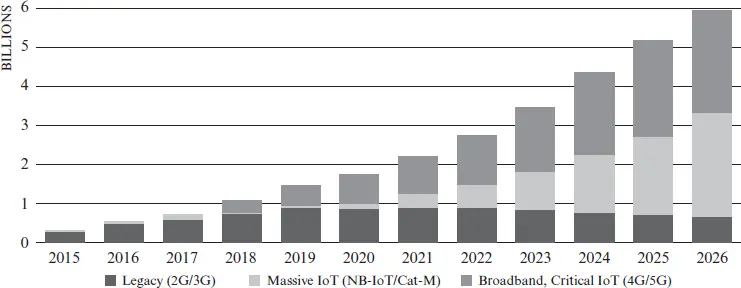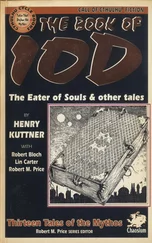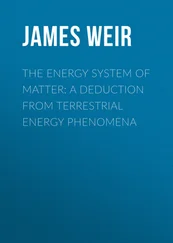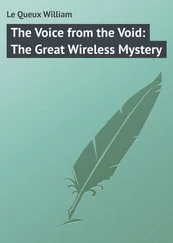| Exp( x ) |
exponential random variable with mean x |
| N ( m, R) |
Gaussian real random vector with mean vector m and covari-ance matrix R |
| CN ( m, R) |
circularly-symmetric complex Gaussian random vector with mean vector m and covariance matrix R |
| x 2( m , n ) |
non-central chi-squared distribution with m degrees offreedom and parameter n |
| Γ( m , n ) |
Gamma distribution with shape m and scale n |
About the Companion Website
This book is accompanied by companion website includes a number of resources created by the author that you will find helpful.
www.wiley.com/go/Alves/WirelessEnergyTransfer
This website includes
PowerPoint Slides
PDF
The Internet of Things (IoT) revolution took shape during the past decade, though its roots trace back to the 50s when Alan Turing proposed machines that could sense and learn from their environment. Since then, many pundits have shared their views around this idea. It is likely that the term “Internet of Things” was coined in 1999 by Kevin Asthon; but many years later the term was added to, for instance, Oxford English dictionary [1].
Nowadays, the IoT is much more than a technological revolution because it shapes the surrounding technologies and influences society and industry.
The IoT influences our daily lives, at home and work, the way we do business, and how businesses operate. Some even project that it will change the whole value chain of many businesses in several industrial verticals [2-4], thus becoming a vital component of the 4th industrial revolution, known as Industry 4.0 [5-6].
The IoT can be defined as the myriad of interconnected objects that can gather, process, and communicate information. Thus, the IoT is a network of physical devices, capable of sensing and gathering information from their environment, and then able to exchange and gather information from other devices or from the Internet.
Therefore, for this book, any object called IoT device, outfitted with proper sensors and actuators, can interact with its surroundings, and with the right communication technology, can share information.
Many of the so-called smart objects available in the market today are IoT devices. For instance, a smart refrigerator that can tell the expiring date of the groceries, then predict the grocery list and inform its owner via a smartphone application; thermostats that sense the environment and regulate the temperature autonomously or under smartphone application; LED lights that regulate colors and brightness according to the time of day, ambient luminosity, or through commands; animal identification tags that broadcast animals’ location, vital signs to a designed application.
Frost & Sullivan report in [7] that the IoT is fundamental to the future of the consumer industry in general by enabling services that improve users’ experience. The report identifies the main IoT growth drivers, which are in the domains of 1. data generation from everyday products, 2. different verticals (industries and markets), and 3. ecosystem and advanced technologies integration; while acknowledging the increased need for data privacy and security as the IoT becomes more pervasive. Frost & Sullivan projections correlate with Gartner’s recent estimation of 5.8 billion installed IoT devices in 2020 spread into different market segments [2], ranging from automotive, agriculture, retail, to smart buildings and homes.
In this line, Figure 1.1 helps to exemplify the IoT growth trends. The figure shows an estimation on the number of IoT connections from 2015 to 2026 based on cellular IoT connectivity solutions with data provided by Ericsson [8]. Notice that massive IoT solutions will experience a three-fold increase in the next five years while taking market share from the legacy network (namely 2G and 3G).

Figure 1.1 IoT connectivity growth trends (2015-2026).
Source : Data from Ericsson [8].
Although ideas around the concept of the IoT are accumulating for decades, it was not until the last decade that the number of IoT devices and applications started to grow exponentially 1.
A few factors contribute to its popularity in the recent years, for instance: 1. advances in distributed cloud-based computing enabling device data and agile management; 2. advances, even though on a smaller scale, in energy storage and harvesting technologies enabling more extensive lifetime and flexible deployment; 3. overall cost reduction of electronic components (for instance, sensors and actuators).
Nonetheless, one of the key reasons for the fast-paced growth is due to the introduction of novel connectivity solutions for massive deployment of devices, via the so-called massive machine-type communications (mMTC) [3, 4].
Massive IoT comprises applications with a large number (ranging from dozens to millions to billions) of devices, so-called machine-type devices (MTDs). These devices transmit small data packets and are low cost and low energy, and possess heterogeneous and sporadic traffic patterns.
In the context of mobile communications, massive IoT and mMTC share such inherent characteristics.
Moreover, as the name implies, the key characteristic of massive IoT is primarily scalability and versatility. Despite the small information payload that the messages carry, the network must be able to connect such large number of MTDs and offer enough capacity, while providing features that extend battery life and coverage. Because, in many cases, these devices may face challenging radio conditions and may rely only on their battery supply.
For example, Business Insider predicts more than 64 billion MTDs by 2025, a six-fold increase in less than a decade [9]. Ericsson predicts a seven-fold increase in the number of massive cellular IoT worldwide from 2021 to 2026, reaching more than 2.5 billion deployed devices [8].
Figure 1.2 shows a projection made by Ericsson [8] on the number of connected devices until 2026. We can observe that the number of (wide-area) IoT connections based on cellular IoT technologies (discussed in Section 1.2) has more than doubled in the last five years while forecasting a three-fold increase in the next five years. This projection indicates the increasing number of applications and services in different industry verticals and the massive connections that future networks shall handle. To this end, there exist a wide range of technologies that address the challenges of massive connectivity. Even though scalability (massiveness) is the most recognized feature of the massive IoT, low device cost, extended coverage, and long battery life are also often associated with massive IoT.

Figure 1.2 Estimate of the number of connected devices until 2026.
Source: Data from [8].
Because of common characteristics, these technologies fall under the umbrella of the so-called low-power wide-area networks (LPWANs), which are characterized by [10] 1. scalability - support a massive number of connections; 2. long-range - up to tens of kilometers; 3. low power - battery-powered devices with 20 years lifetime; and 4. low cost - use of license-free bands, simple hardware design and lightweight protocols associated with star or mesh topologies reduce infrastructure and device cost.
Читать дальше














